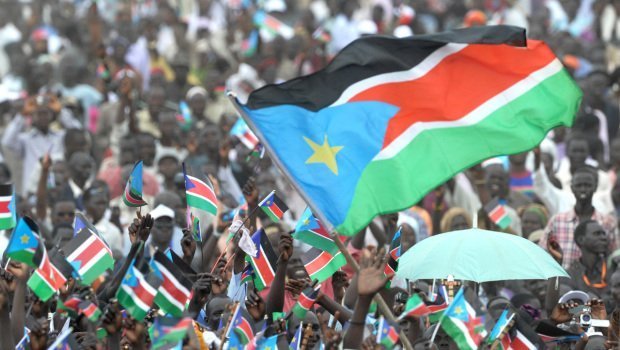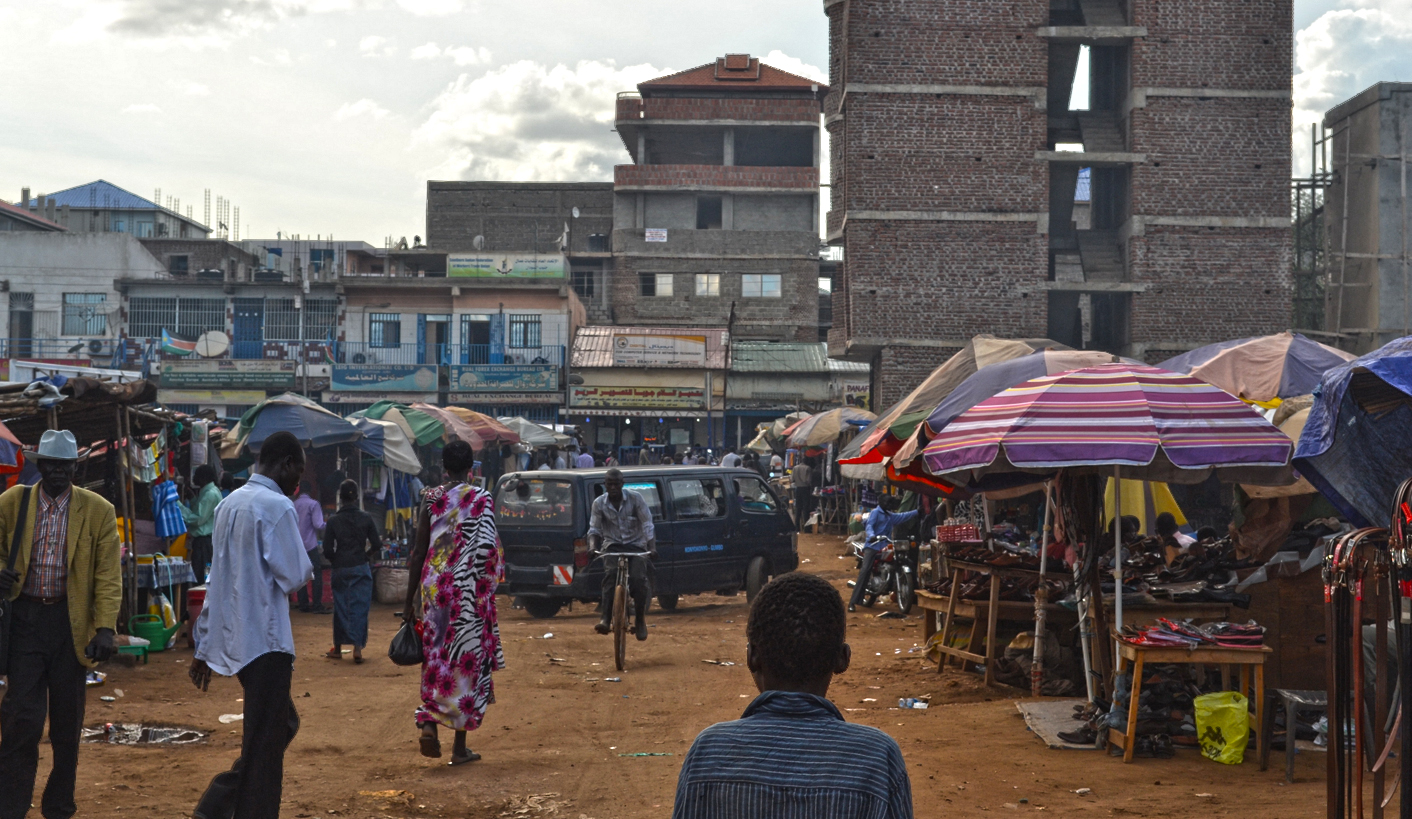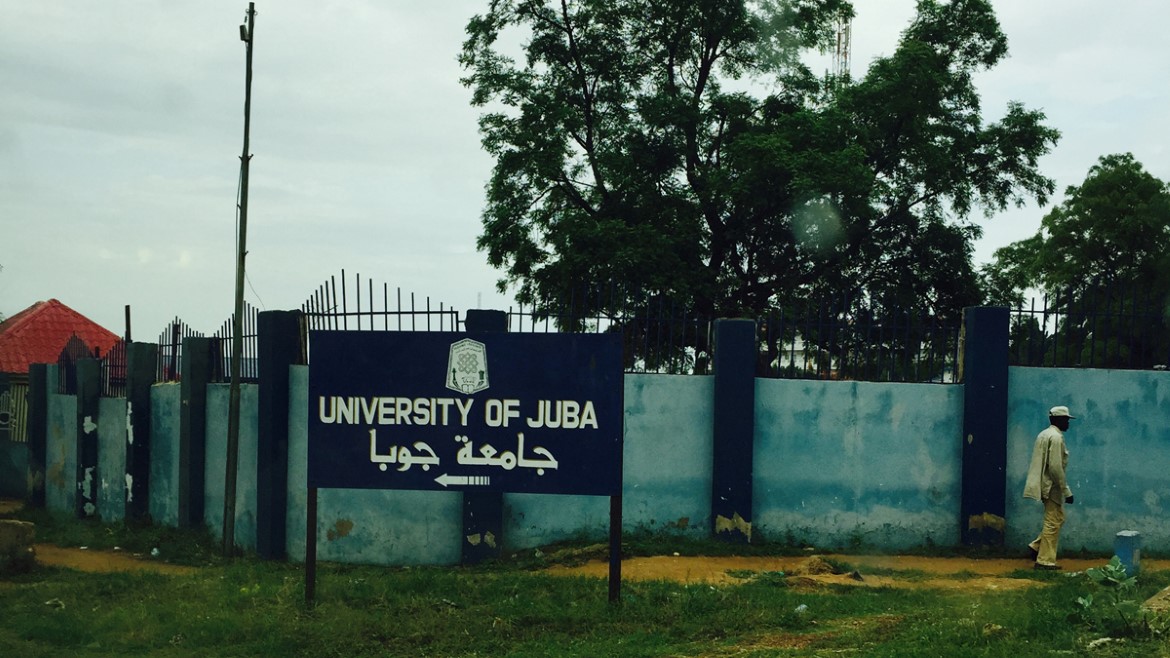When I started this blog in 2012, I used an existing list I made of the countries that were UN members. And about a year into it, I realized I had missed one. The country of South Sudan gained its independence in 2011, and somehow I didn’t realize this happened until I saw a news report about its civil war. I checked, and I realized it definitely needed to be added to my list. I was just thankful that it fell in line before I got to that letter in the alphabet.
South Sudan is named after its previous relation
with Sudan. Sudan itself means “land of the blacks,” possibly referring to the
Sahel region in general.
This central African country is surrounded by Sudan
to the north; Ethiopia to the east; Kenya and Uganda to the south; and the
Democratic Republic of the Congo and Central African Republic to the west.
There are still some disputed borders between Sudan and South Sudan, namely in
the area through Radom National Park and around the little town of Abyei.
There’s also a disputed border with Kenya. Lying only a few degrees north of
the equator, South Sudan has a tropical savanna climate for most of the
country. It also has a rainy season that peaks in May.
Around the 10th century, the Nilotic
tribes began to move into this area and began setting up villages and
communities. Other tribes kept moving into this region well up until the 19th
century, including the Dinka, Nuer, Azande, and Bari. Slavery has been a part
of Sudanese history for a long time but peaked during the 19th
century. The 19th century in Sudan was not good times in Sudan. The
Azande were fighting with the French, the Belgians, and the Mahdists (followers
of the Nubian [Sudanese] religious leader, Mahdi). In 1899, an agreement
between the British and Egypt handed over control of Sudan over to Egypt. As
the British and French carved up most of Africa, they almost went to war over
this area, too. The British wanted to join South Sudan with Uganda that they
already controlled. This lasted roughly about a half-century when Sudan gained
it own independence from the Anglo-Egyptian stronghold. The first Sudanese
Civil War lasted nearly 20 years, from 1955 to 1972. After a brief time of
non-fighting (I wouldn’t call it peace), a second civil war lasted from 1983 to
2005. Toward the end of this second civil war South Sudan split apart and
became its own country in 2011. Even after they gained independence, the
fighting didn’t stop. Nearly 400,000 people have lost their lives, and 2 ½
million people have fled to neighboring countries. I think since the 1950s,
they’ve spent more times at war than in peace.
The southern city of Juba serves as the capital
city. It was originally the site of a Bari village. At the time it was
established, this area was considered part of Egypt, and British Christian
missionaries arrived and set up a school. The city is situated on the White
Nile River, making it convenient as a port city. However, through years of war
and neglect, its infrastructure is in critical need for repair. Some
neighboring countries and other organizations have offered to chip in to at
least maintain some roads to move goods in and out. It’s been proposed to set
up the remote village of Ramciel as a planned city and move the capital city
there. If it happens, it’ll be in the same class of capitals as Brasilia and
Canberra.
Although South Sudan is rich in natural resources,
civil war has left their infrastructure wrecked and underdeveloped. Many people
rely on agriculture, and poverty is a huge problem as well as having access to
proper healthcare, sanitation, and dealing with high inflation. Some of the
resources and raw materials they do have include hardwoods, petroleum, copper,
iron ore, tungsten, silver, gold, diamonds, limestone, and others. They also
have quite a few oil fields, but they’re having difficulty in figuring out how
to split up all the money. And the country has a lot of external debt to
contend with, too.
The British established Christianity in South
Sudan, which remains to be the dominant religion. Of the Christians who are
there, the largest denomination seems to be Catholics, followed by the Episcopals,
Anglicans, and the Presbyterians. However, there are a smaller number of
Muslims there as well, most likely left over from when they were part of Sudan
(which is a Muslim-majority country). Like many other African countries, many
people simultaneously follows either Christianity or Islam as well as their
indigenous belief systems.
The official language of South Sudan is English,
which serves as a lingua franca for its nearly 60 indigenous languages, most of
which are part of the Nilo-Saharan language family. The most widely spoken ones
that are considered national languages include Bari, Dinka, Luo, Murle, Nuer,
and Zande. These languages along with Juba Arabic are also used as lingua
francas. Arabic used to be an official language in its early years of
independence, but probably only because it’s used in Sudan. However, they
scratched Arabic from the official language list. Last year, they just made the
recommendation to add Swahili as an official language in its place.
I find it interesting the stories of how national
anthems came to be. The melody of the US national anthem was originally a
drinking song (more or less). The South Sudanese anthem was the result of a
competition. It was composed by students and teachers in the music department
of Juba University. This particular song beat out 48 other entries to make
their song “South Sudan Oyee” the new national anthem of a new country. While the
country may be new in its political sense, its traditions and culture are very
old. Let’s see what this newest country in the world is all about.
Up next: art and literature








No comments:
Post a Comment